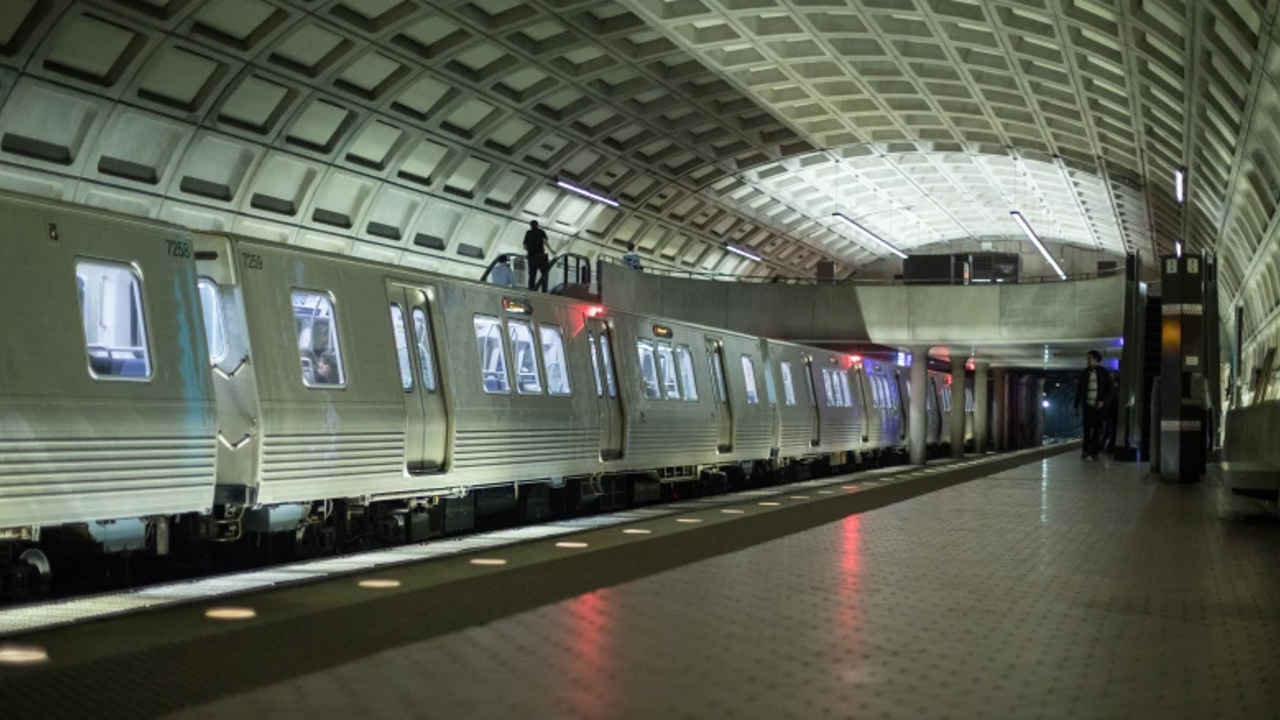"Jurisdictional Jumble" -- General story about the DC-area WMATA transit system
August 08, 2023 | Rapid Transit
Jurisdictional Jumble
Written by David Peter Alan, Contributing Editor

Shutterstock/Nicole Glass Photography
RAILWAY AGE, AUGUST 2023 ISSUE: WMATA operates under an overly complicated structure that intertwines it with politics far more than other transit providers.
Fifty years ago, the streets of Washington, D.C. were torn up for construction of the Metrorail system. Today, that system consists of six color-coded lines, the original five plus the new Silver Line that includes a stop for Dulles Airport and extends further into northern Virginia. It serves three jurisdictions: the District of Columbia itself, nearby parts of Maryland, and northern Virginia. On top of that, the federal government acts as a fourth jurisdiction to which the agency must answer.
While transit everywhere in the nation is embroiled in politics, the Washington Metropolitan Area Transit Authority (WMATA, commonly known as “Metro”), which includes Metrorail, operates under a structure that intertwines it with politics more than other transit providers. The District of Columbia Home Rule Act, which established an elected city-style government for the District, went into effect at the end of 1973, in the middle of Metrorail construction. WMATA was established by an interstate compact that had been approved by the legislatures in Maryland in 1965 and Virginia in 1966. Under the Compacts Clause of the Constitution, Congress must also approve all interstate compacts, and they did so later in 1966. WMATA was founded on Feb. 20, 1967.
The new authority succeeded the National Capital Transportation Agency, which was founded in 1960. That agency had proposed an 89-mile rail system, but highway advocates got the proposal reduced to only 23 route-miles. Then came the Urban Mass Transportation Act of 1964, which promised federal funding for building transit projects and founded the Urban Mass Transit Administration, the predecessor to today’s Federal Transit Administration (FTA). The Act also served as the impetus for forming WMATA.
{snip}
